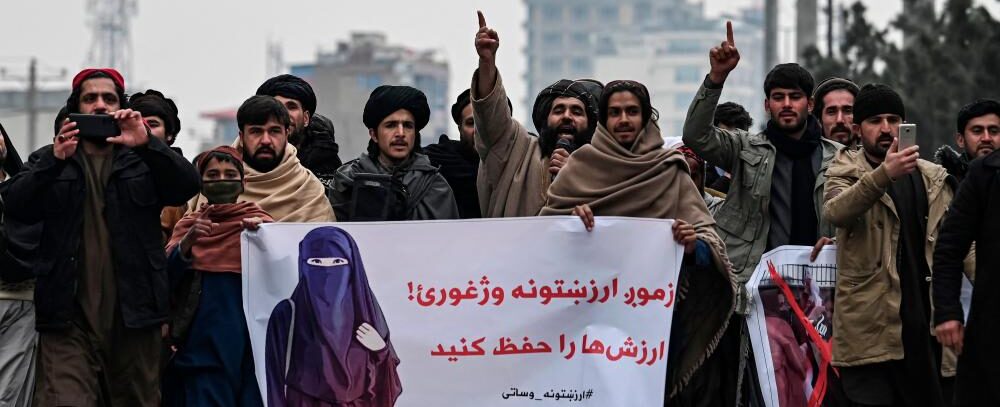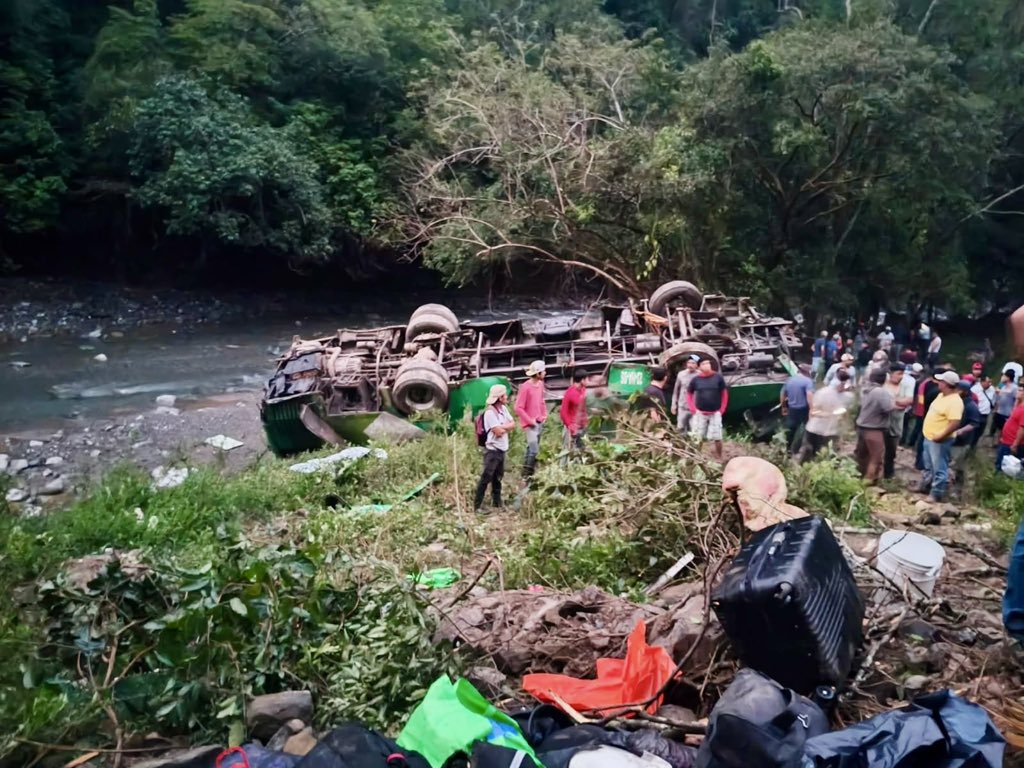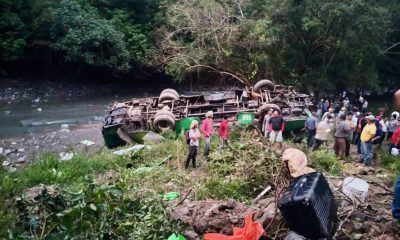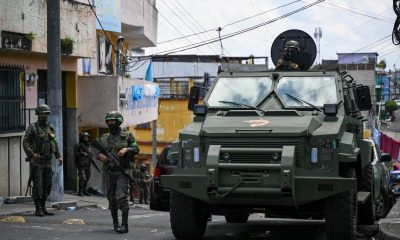International
Afghan NGO women ‘threatened with shooting’ for not wearing burqa

AFP
The Taliban’s religious police have threatened to shoot women NGO workers in a northwestern province of Afghanistan if they do not wear the all-covering burqa, two staff members told AFP.
The rights of Afghans — particularly women and girls — have been increasingly curtailed since the Taliban returned to power in August after ousting the US-backed government.
Women are being squeezed from public life and largely barred from government jobs, while most secondary schools for girls are shut.
Two international NGO workers in rural Badghis province told AFP that the local branch of the feared Ministry for the Promotion of Virtue and Prevention of Vice met with aid groups on Sunday.
“They told us… if women staff come to the office without wearing the burqa, they will shoot them,” one said, asking not to be named for safety reasons.
Women must also be accompanied to work by a male guardian, he added.
A second NGO source confirmed the warnings.
“They also said they will come to every office without prior notice to check the rules are being followed,” he told AFP.
A notice to NGOs seen by AFP did not mention the threat of shooting, but did order women to cover up.
Women in deeply conservative Afghanistan generally cover their hair with scarves anyway, while the burqa –- mandatory under the Taliban’s first regime, from 1996 to 2001 –- is still widely worn, particularly outside the capital Kabul.
Desperate for international recognition to unlock frozen assets, the Taliban have largely refrained from issuing national policies that provoke outrage abroad.
Provincial officials, however, have issued various guidelines and edicts based on local interpretations of Islamic law and Afghan custom.
In the capital on Friday, the Taliban staged a demonstration with around 300 men, who chanted “We want Sharia law”.
Holding posters of women wearing full coverings, the crowd accused women’s rights activists who have taken to the streets of being “mercenaries”.
Earlier this month, posters were slapped on cafes and shops in Kabul ordering Afghan women to cover up, illustrated with an image of the burqa.
Women are banned from appearing in television dramas and must be accompanied by a male guardian on journeys between towns and cities.
Small and scattered protests have broken out demanding women’s rights, which had improved slightly over the past 20 years in the patriarchal Muslim nation.
However, several activists told AFP they had gone into hiding in the capital this week after a series of raids led to the arrests of three women.
International
At Least Eight Dead and 19 Injured in Deadly Bus Crash in Veracruz, Mexico

A tragic bus accident in the eastern state of Veracruz left at least eight people dead and 19 others injured on Wednesday afternoon, according to local authorities.
The vehicle was traveling through the town of Zontecomatlán when it crashed near a ravine, state Civil Protection officials reported late Wednesday night. “Regrettably, the prosecutor’s office has confirmed eight fatalities,” the agency stated in an official release.
Emergency Response and Medical Care Rescue teams worked into the night to assist the survivors. The 19 injured passengers were stabilized at the scene before being transported to hospitals in the nearby municipalities of Chicontepec and Huayacocotla. While the identities of the victims have not yet been released, Mexican press reports indicate the bus was en route from Mexico City to Chicontepec.
A Recurring Issue on Mexican Highways Road accidents involving long-haul passenger buses and freight transport are a frequent occurrence in Mexico. Experts often cite excessive speed, mechanical failure, or driver fatigue as the primary catalysts for these tragedies.
This latest incident follows another major disaster in late November, where 10 people were killed and 20 injured in a similar bus crash in the western state of Michoacán. The recurring nature of these accidents continues to spark national debate regarding the enforcement of stricter safety regulations for commercial transport units.
International
Jair Bolsonaro Hospitalized for Inguinal Hernia Surgery While Serving Sentence for Attempted Coup

Former Brazilian President Jair Bolsonaro, currently serving a 27-year prison sentence for an attempted coup, underwent surgery this Thursday for an inguinal hernia. The procedure took place at the DF Star Hospital in Brasilia, according to his wife, Michelle Bolsonaro.
The 70-year-old former leader left prison on Wednesday for the first time since his incarceration in late November to prepare for the operation. “My love has just gone to the surgical center,” Michelle Bolsonaro posted on Instagram, where she has been documenting her accompaniment during his hospitalization.
Surgical Expectations and Health History Medical professionals treating the far-right ex-president (2019-2022) anticipate the operation will last approximately four hours. His recovery period in the hospital is expected to extend between five and seven days.
Dr. Claudio Birolini explained on Wednesday that while the surgery is standardized, it remains complex due to the patient’s history. Bolsonaro continues to suffer from the long-term effects of a 2018 campaign rally stabbing, an injury that required several major abdominal surgeries in the years following the attack.
“There is no such thing as a simple surgery. However, this is a scheduled and standardized procedure, so we expect it to be carried out without major complications,” Dr. Birolini stated.
Potential Additional Procedures Following the hernia repair, the medical team will evaluate whether Bolsonaro can undergo a second procedure: an anesthetic block of the phrenic nerve. This nerve controls the diaphragm, and the intervention would aim to resolve a chronic case of recurrent hiccups that has plagued the former president for years.
Bolsonaro remains under heavy security at the medical facility as he serves his lengthy sentence related to the events surrounding the January 2023 institutional crisis in Brazil.
International
Trump Orders Construction of New ‘Golden Fleet’ to Revitalize U.S. Naval Superiority

President Donald Trump issued an executive order this Monday for the immediate construction of two new warships that will bear his name. These vessels will be the pioneers of what he described as the “Golden Fleet,” a future generation of “Trump-class” battleships that he claimed would be “100 times more powerful” than those currently in service.
The announcement took place at his private residence in Mar-a-Lago, Florida. The President indicated that following the initial two ships, the administration aims to commission up to 25 additional vessels. He is scheduled to meet with Florida-based contractors next week to expedite production, criticizing existing defense firms for failing to deliver results efficiently.
This naval expansion is a cornerstone of Trump’s goal to revitalized the American shipbuilding industry and address the strategic gap between the U.S. and competitors like China.
The move comes amid heightened geopolitical tension. Just last week, Trump ordered the seizure of all sanctioned tankers involved with Venezuela’s “ghost fleet” to cripple the country’s crude oil industry. Since December 10, the U.S. military—deployed in the Caribbean under the guise of counter-narcotics operations—has already detained two tankers linked to Venezuelan oil transport.
-

 International1 day ago
International1 day agoAt Least Eight Dead and 19 Injured in Deadly Bus Crash in Veracruz, Mexico
-

 International4 days ago
International4 days agoU.S. Judge Blocks ICE from Re-detaining Salvadoran Erroneously Deported Under Trump Administration
-

 International4 days ago
International4 days agoTrump Orders Construction of New ‘Golden Fleet’ to Revitalize U.S. Naval Superiority
-

 Central America10 hours ago
Central America10 hours agoGuatemala arrests 92 salvadoran gang members in 2025
-

 Central America10 hours ago
Central America10 hours agoInternational leaders congratulate Honduras’ president-elect Asfura
-

 International1 day ago
International1 day agoJair Bolsonaro Hospitalized for Inguinal Hernia Surgery While Serving Sentence for Attempted Coup




























